Providing workers with personal protective equipment is required in almost every company. Harmful factors one way or another, they are present at any object, because in some cases even ordinary dust can be attributed to them, and many employees, such as firefighters, doctors, builders and many others, are forced to stay continuously at high risk to their health due to the nature of their work and life. That is why one of the main responsibilities of every employer is to provide workers with personal protective equipment.
In this case, you need to understand what rules and regulations govern this obligation and why you need to take them into account.
Features of the law
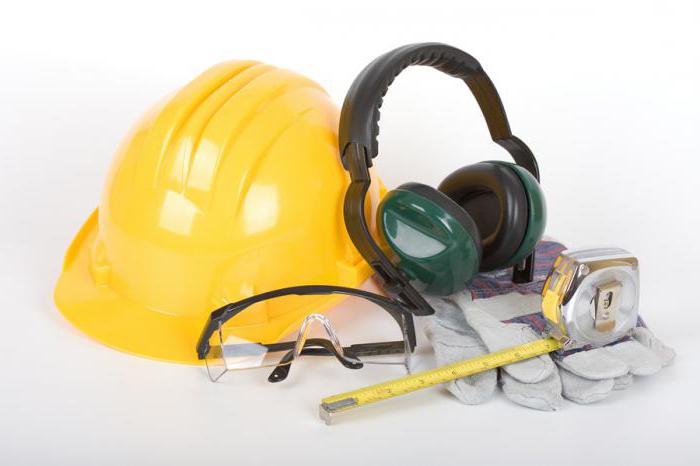
Providing workers with personal protective equipment is clearly regulated by the current Constitution of the Russian Federation, which guarantees every citizen the right to fulfill their duties in those conditions that fully comply with basic safety and hygiene requirements. This right of employees is also confirmed by the current Labor Code, which makes it the duty of employers to provide their employees with all relevant conditions.
If the work is carried out in harmful or dangerous conditions, as well as under special temperature conditions or if there is a direct connection with pollution, the current legislation provides for the provision of personal protective equipment, including special shoes and clothing, safety devices, masks for respiratory safety and much more . The main purpose of these funds is to reduce the overall degree of health impact or its complete prevention for each employee.
The rules that establish what PPE is, how it should be issued and used, as well as the degree of responsibility and the basic principles of organization of control, are fully regulated by order No. 290, issued on June 1, 2009.
There are standard norms in accordance with which PPE is provided to employees, and they apply to any type of economic activity and must be classified in full accordance with various economic sectors. In addition to the basic laws, there are many more that determine what PPE is for each individual industry.
Classification
The classification of PPE provides for several main categories. This protection of the legs, hands (including creams, ointments, etc.), face, head, eyes. It is also a PPE dermatological, hearing, respiratory. Fall safety equipment, as well as comprehensive PPE.
In addition, the classification includes special protective clothing (jackets, overalls).
Company Documents
Despite the fact that the general list of regulatory legal acts is quite impressive, each employer in the enterprise must have its own regulatory act. In this document you need to write:
- categories of employees who require respiratory protection and other PPE;
- expiration date of the equipment used;
- the procedure for issuing personal protective equipment after entering work, as well as the rules for surrender in case of dismissal.
This is just a short list of what should be present in such documentation.At the same time, one must correctly understand that the names of all posts that need to be given respiratory protection and other types of personal protective equipment should fully correspond to the similar names indicated in the unified qualification reference book. Such a local act can be used in the company's documentation as a completely independent document or as a separate element of the PTR. Any categories of employees to whom such funds should be issued should familiarize themselves with such a document by signature.
Proactive measures
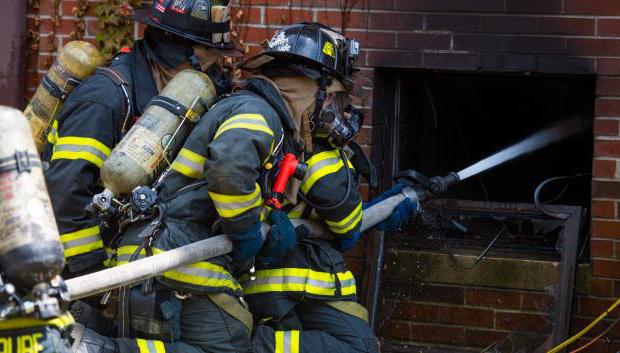
In accordance with the current legislation, the employer has the right to improve the degree of protection against any dangerous or harmful production factors in comparison with what the standard PPE standards provide, or provide for the issuance of special equipment for those workers who should not use it in mandatory okay. At the same time, one must correctly understand that in this situation, the local regulatory act must contain a complete list of those employees who are issued such devices in accordance with the basic requirements of the law, as well as those people who will receive them at the personal request of the employer. It is also worth noting that this document must be previously agreed with the union or some other body whose responsibilities include representing the interests of employees.
The approval of such local acts in production is carried out only after the specialized labor assessment procedure has been carried out. Until 2014, in this case, a mandatory assessment of workplaces, but then this procedure replaced her.
Features of contracts
Quite often, employers are interested in whether it is necessary to separately stipulate in the employment contract that employees should be given safety glasses or some other personal protective equipment. Compensation and guarantee conditions for work with any dangerous or harmful working conditions are mandatory in the drawn up employment contract, as evidenced by article 57 of the Labor Code. However, at the same time there is not a word that employees need to be given goggles or some other means, and if the employer improves the standard standards for issuing personal protective equipment, he can write this in the labor and collective agreement. Among other things, it would be wise to add a separate clause to the employment contract that would prescribe the use of such remedies in the process of fulfilling duties.
Norms
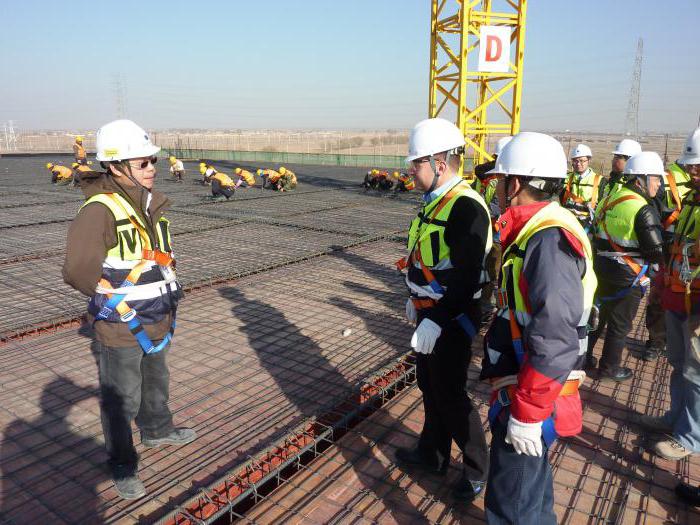
In accordance with the laws, the mandatory certification, declaration, and PPE records are established. It excludes the possibility of using protective equipment that has not passed this procedure in full compliance with applicable standards, and also legally stipulates that the purchase of all necessary protective equipment should be carried out exclusively at the expense of the employer.
According to GOST, PPE standards provide for the following criteria and objectives:
- reduction or prevention of the influence of any harmful and dangerous factors;
- compliance with established standards of ergonomics and technical aesthetics;
- the presence of instructions in which all relevant rules for storage and use of the product will be indicated, as well as the exact expiration date;
- the presence of markings made in full accordance with GOST and other standards that establish the rules for marking PPE;
- assessment for full compliance with physiological, protective, hygienic and operational requirements.
Of course, some overalls and safety shoes should not be dangerous for their "carrier".Such conditions must also be ensured that they do not lose their protective properties due to chemical treatment, washing, and specialized disinfecting procedures.
The order to provide workers with personal protective equipment suggests that they should be selected in accordance with the growth, gender, size of the employee’s shoes and clothes, as well as with the key features of his position.
PPE requirements

In accordance with applicable law, the following requirements are established for such funds:
- during their production, the use of substances and materials that are potentially hazardous to the environment and the health of employees is prohibited;
- protective equipment should be light enough, but this property should not interfere with their operational characteristics;
- it is important that the production of PPE is carried out taking into account various physiological norms, and the means themselves are fully consistent with the nature of labor activity, as well as with key environmental features;
- the design of such tools should not interfere with the employee to work in normal mode;
- a label must be attached to PPE on which information will be written about the scope, manufacturer, basic operating rules, expiration date, storage mode, as well as various safety measures.
In addition, there is still a specialized procedure for providing workers with personal protective equipment and many other regulations governing their production and further operation.
Employer Requirements
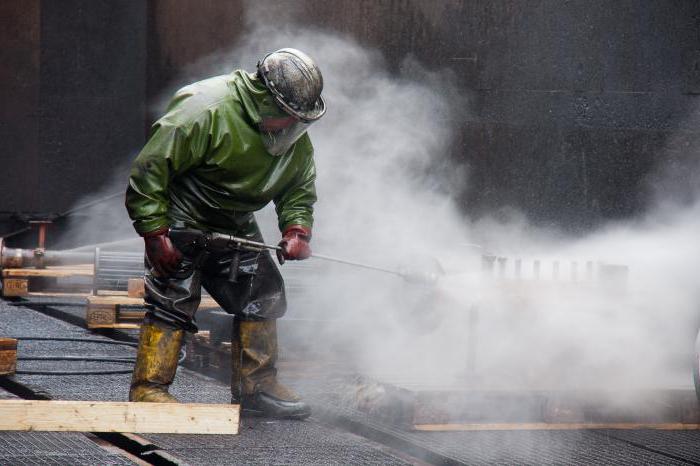
The employer must first conduct a specialized assessment of working conditions. Intersectoral rules for providing workers with personal protective equipment indicate that this event is carried out with the aim of determining dangerous and harmful production factors, as well as assessing their impact on the health of employees. The end result of this assessment is a compiled report that will list all the jobs for which the audit was carried out, as well as dangerous or harmful factors detected during the process, protocols of measurements and tests, and protocols for evaluating the effectiveness of protective equipment.
After that, the local regulatory act is issued by the employer, which has already been discussed above. The rules for providing workers with personal protective equipment indicate that in the process of employment in the personnel department, each employee must familiarize themselves with the basic rules of the internal labor schedule, as well as the rest of the regulatory acts that relate to his position. At the same time, it is worth noting that this requirement applies not only to those people who were accepted for permanent work, but also to those working concurrently, undergoing training at the enterprise or temporarily transferred to this position.
Also, the employer must make sure that each employee receives the necessary remedies on time. At the time of receipt of such funds, the employee must also sign on a separate accounting card, and this date will be considered the beginning of the countdown of the period of use of the funds issued to him. In most cases, the obligation to issue protective equipment at any enterprise is assigned to a specialist in the field of labor protection.
Employer Rights
The procedure for issuing personal protective equipment can be duplicated by the employer in electronic form.
A sufficiently large number of different protective equipment, such as respirators, gas masks and many others, provides for the mandatory training of the employee in the basic skills in handling them, and it is the employer who will have to organize such training in accordance with the laws.
Certain protective equipment can be replaced by analogues, which is also established by the applicable standard norms. Thus, having received the prior consent of the union, the employer can replace some remedy with another.
Employer Responsibilities

If the personal protective equipment was lost or damaged, it is the responsibility of the employer to carry out his timely replacement, but if the employee is to blame for such a situation, the employer has the right to demand full reimbursement of the money spent. The procedure in accordance with which employees are held liable in such situations can be separately prescribed in the relevant regulations.
Monitoring the proper use of PPE by employees is also the sole responsibility of the employer. If one of the employees neglects to use specialized protective equipment, the employer may have serious problems, even though the procedure for transferring them to the employee was clearly followed.
During the dismissal, the employee must provide the employer with all the means of protection issued to him, and this must be noted on the special accounting card. If the product remains suitable, it can be used for its intended purpose, but this can only be done after a full range of care measures has been taken. The decision on the possibility of using PPE in the future, the assessment of the total degree of wear and tear, as well as an indication of the necessary measures is carried out by a specialized labor protection commission or by an employee who has received special powers for this.
Among other things, the immediate responsibility of the employer is to regularly check the technical condition of PPE, take care of them, and organize storage.
Rights and Norms
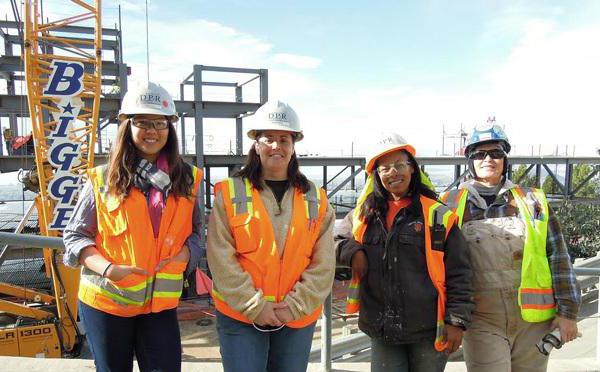
Providing employees with the necessary PPE is one of the most important stages of the whole complex of measures aimed at ensuring a guarantee of truly safe conditions, because you should not forget that people's health and life directly depend on them. That is why these measures are regulated by rather stringent requirements that apply to the employer, and also quite severe sanctions can be imposed in case of their violation. If the employer saw that the employee neglects the use of such funds, he must without fail completely remove him from the performance of his immediate duties.
At the same time, the employee has the legal right to refuse to fulfill his duties if all necessary protective equipment has not been provided by the employer. It is worth noting that, in accordance with applicable laws, the employer will be required to compensate for downtime.








